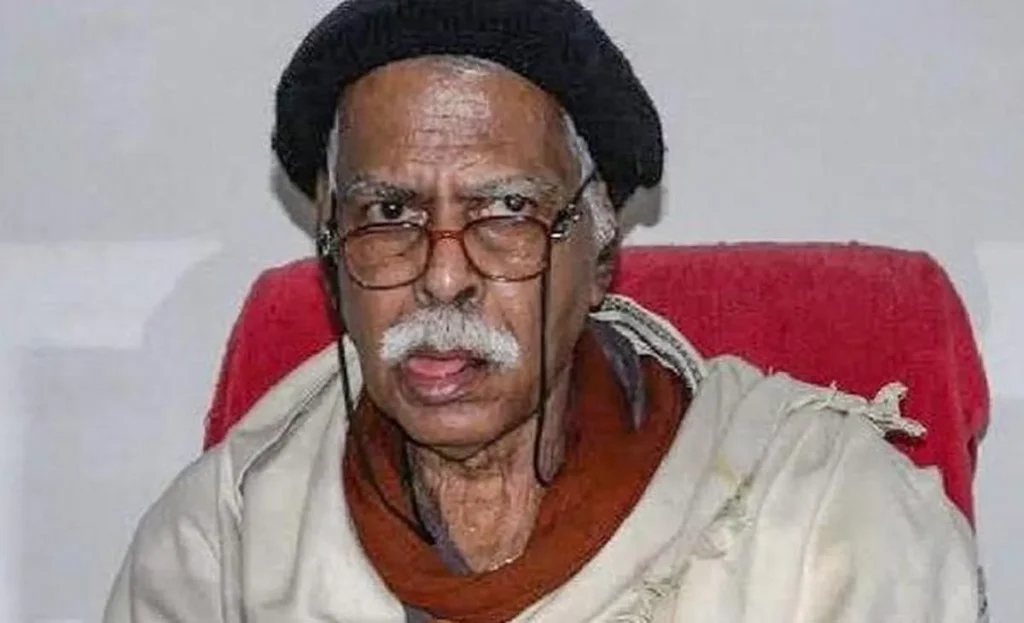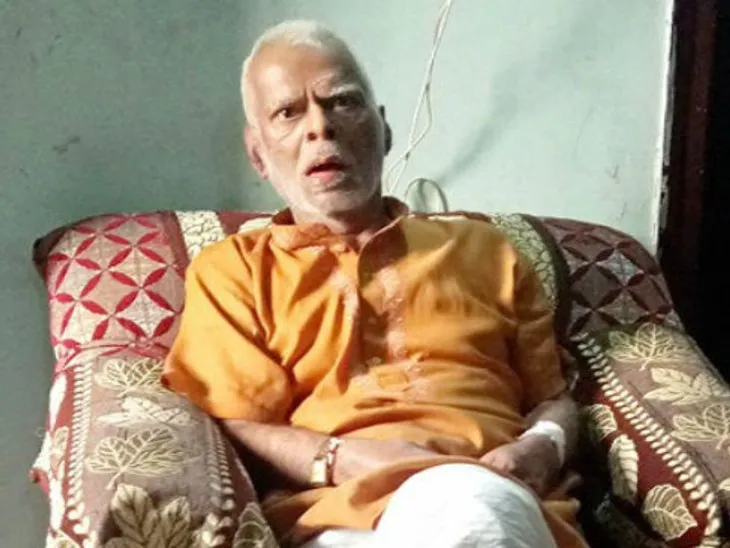Few names evoke as much curiosity and intrigue in the annals of mathematical history, as that of Vashishtha Narayan Singh. Hailing from the quaint village of Basantpur in Bihar’s hinterlands, Singh’s life was a testament to the boundless potential of human intellect, yet marred by the shadows of tragedy and mental illness.

Born in 1942, Singh’s early aptitude for mathematics was apparent from his formative years. Graduating with top honors in both BSc and MSc, he quickly emerged as a prodigious talent in the field. His academic prowess garnered attention, propelling him into collaborations with esteemed institutions such as NASA, IIT, and Berkeley.

Singh’s intellect knew no bounds, with some even suggesting that he challenged the hallowed theories of Albert Einstein himself. His alleged involvement in critical NASA calculations during a computer breakdown and contributions to the Apollo miss ions further cemented his reputation as a mathematical virtuoso.
However, amidst the accolades and global recognition, Singh’s life took an unforeseen turn. Stricken by schizophrenia, he found himself ensnared in the throes of mental illness, derailing a promising career trajectory akin to that of the legendary Ramanujan.
The son of a humble police constable, Singh’s journey began in the rustic environs of Netarhat School in Jharkhand, where his mathematical brilliance first came to light. His academic journey continued at Patna Science College, where his exceptional abilities earned him early promotions and eventually a PhD in 1969.

Recognizing his unparalleled talent, Professor John L. Kelly facilitated Singh’s studies in the United States, where he pursued advanced studies at the University of California, Berkeley. Despite nearly a decade of academic immersion abroad, Singh’s return to India was marked by personal turmoil and professional setbacks.
Teaching stints at prestigious institutions like IIT Kanpur, TIFR Mumbai, and ISI Kolkata were overshadowed by the relentless grip of schizophrenia, leading to a turbulent personal life and a decline in academic recognition. Singh’s descent into mental illness culminated in institutionalization, followed by a mysterious disappearance during a train journey.

Rescued from destitution in his native village, Singh embarked on a tumultuous journey of recovery, seeking treatment at esteemed institutions such as NIMHANS in Bengaluru and IHBAS in Delhi, with the assistance of actor-turned-politician Shatrughan Sinha.
Despite grappling with the demons of his illness, Singh’s indomitable spirit led him back to academia, where he sought solace in teaching at BNMU Madhepura. However, the shadows of what could have been continued to haunt him until his passing at the age of 72 on November 14, 2019.
In a bittersweet culmination of his life’s journey, Singh was posthumously honored with the Padma Shri award, a testament to his enduring contributions to the realm of mathematics and the resilience of the human spirit in the face of adversity. Though his story may be tinged with tragedy, the legacy of Vashishtha Narayan Singh serves as a poignant reminder of the fragility of genius and the complexities of the human mind.
